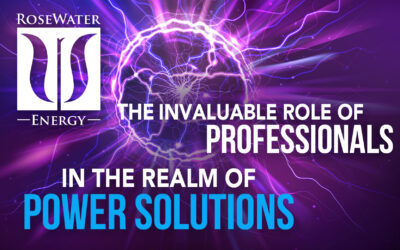In this insightful excerpt from the “Importance of Power Management” podcast, Joe Piccirilli delves into the complexities of renewable energy, specifically focusing on solar power. He breaks down the efficiency of solar panels and explains that, under ideal conditions, they can produce about 200 watts per square meter. Joe then goes on to discuss the challenges of scaling up solar power for an entire household, emphasizing the space and structural requirements for solar farms. He transitions into discussing the state of the power grid in the United States, highlighting the population growth and the demand for larger homes without a corresponding increase in power generation. Joe points out that voltage control has become a significant challenge due to this expansion, which can lead to voltage sags that negatively affect electronic devices, especially microprocessors. Furthermore, Joe discusses the impact of renewables on power quality, noting that fluctuations in solar power output caused by factors like passing clouds can disrupt household electrical systems. He explains the limitations of solar and batteries, which primarily work when the power is off and do not contribute to voltage stabilization. Overall, Joe Piccirilli provides valuable insights into the intricacies of power management, renewable energy, and the challenges associated with an evolving energy landscape.
Transcript
Joe Piccirilli:
Exactly. There are multiple levels. There are the renewable itself, a solar panel. Without getting too deep in the weeds. On average on the earth, the sun puts one kilowatt, 1,000 watts, per square meter on the earth. That is the upper limit. Now, it varies depending on latitude and altitude, but that’s the global average. A solar panel, a really good one, is 20% efficient. That’s 200 watts a square meter under ideal conditions.
You can sit down and calculate, okay, if my house consumes three kilowatts on average and you’re doing 200 watts a square meter, I’ll see if I can do this in my head, you’re going to have 15 square meters… 15 square meters gets you… That’s three kilowatts. For that 15 square meters is a lot because you’re talking about a square meters, three feet by three feet. Now you’re talking about a solar farm that’s call it 50 by 50 in feet. Where are you putting that? There are not many roofs that can handle 50 by 50 and keep the same angle to the sun.
And that’s at their best. People hate it when I do the math. They really do hate it because they prefer the mysticism around it, but that’s really the long and the short. But I want to go back a bit because all of this, these people call you up and yes, they’re going to talk about power outage and they’re going to talk about how much they can save you, you’re absolutely right, the return on investment is mythical. But I want to talk a bit about the grid itself, because when you talk about the grid.
Look, from a power under standpoint, the utilities are great. We really don’t suffer. If you go to other countries where you’re out four hours a day every day at a minimum, the US grid is pretty good despite all the crap we give it in the media. What is difficult is voltage control. But think about your state and my state. I live in Florida. When I moved Florida in 1974, there were 7.4 million people in this state and all of the little houses along the water and on the Intercoastal here were 1,200 square foot winter cottages.
Fast-forward, here we are 2023, the population is nearing 26 million. The only two states that got more people than us is Texas and California, and the only one of those two that’s growing is Texas because California is shrinking. And then just like in Texas, I was in Austin recently and watched what used to be all these nice little old fraternity houses and things that are now gigantic mansions around Austin, in Florida, our 1,200 square foot Intercoastal cottages are now 25,000 square feet.
I don’t believe there has been a power plant built in this state since 1975. Despite the fact that air conditioning, lighting, everything’s gotten more efficient, we don’t generate more power. How can we expect power quality to be maintained? When you start looking at utility specs, all of a sudden you see a lot of voltage sags, and voltage sags are very detrimental to all of the things we talked about, all the microprocessors. If you think about, and most people have lives, so they don’t think about microprocessor design, we try and make microprocessors smaller and smaller and smaller.
The biggest problem with making something smaller is how do you dissipate heat? When you lower voltage, you increase amperage, which creates heat. Now we are working against the efficiency of microprocessors with voltage. That’s the discussion we have with many of our clients saying, hey, the problems you are experiencing have nothing to do with just a battery. They have everything to do with what’s going on with the expansion of population and the expansion of the size of a house.
And that’s going on in Texas. I mean, that’s what’s going on in many, many states, particularly along both coasts because everybody’s moving there. Tying that back to the renewable, when you have that kind of fluctuation in renewables, because people don’t think about, yeah, it puts out a kilowatt… On average, a cloud goes by, that kilowatt is cut to 200 because you can lose 80% of your power generation just when a cloud goes by.
Well, your house is really not going to like the fact that it went from a need of a kilowatt and all of a sudden you’re providing it with 200 watts, every breaker in the place trips. That’s why people now mitigate that effect by adding batteries to their solar. But solar and batteries only work when power’s off. They do not work to help stabilize voltage. That’s part of our issue. I know that was a circuitous answer, but that’s…



